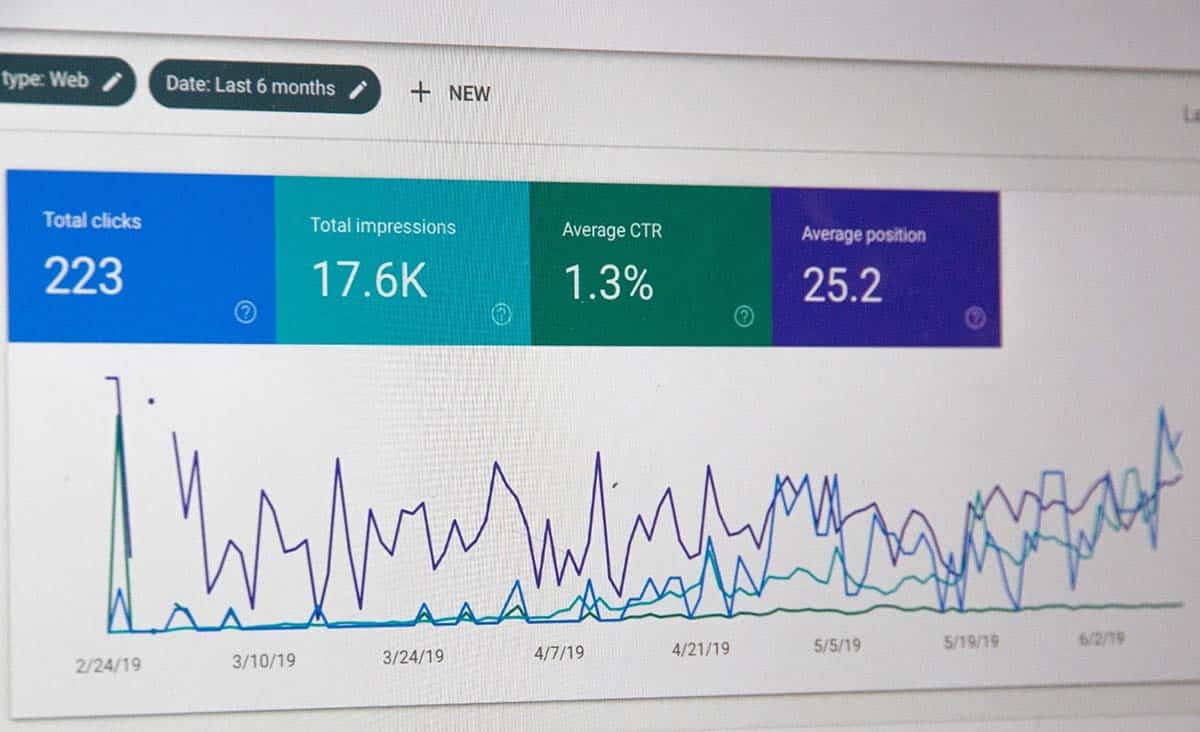Traffic comes to driving organic to your website, High Traffic Is The result Of Search Engine Optimization (SEO) the cornerstone of online success. As one of the most complex algorithms in the world, Google’s ranking system determines which websites appear on the first page of search results based on hundreds of factors. While Google’s algorithm evolves frequently, there are a few consistent, fundamental SEO factors that determine how your website ranks.
Let’s drive into the 7 key SEO factors that Google uses to evaluate and rank websites in search results. Understanding these factors and optimizing them can significantly enhance your website’s visibility, attract organic traffic, and improve your overall search engine rankings.

1. Content Quality and Relevance
Google’s primary goal is to provide the most relevant, high-quality content to users based on their search queries. Therefore, the content on your website is one of the most important factors in determining your ranking.
Why Content Quality Matters:
- User Intent: Google ranks pages that best answer users’ search queries. Content that aligns with user intent—whether informational, navigational, transactional, or commercial—has a higher chance of ranking well. For example, if a user searches for “how to bake a cake,” Google will prioritize content that provides step-by-step instructions over content that only mentions baking in passing.
- Comprehensive and In-Depth Content: Google rewards content that provides comprehensive answers. Short and superficial content won’t rank as high as in-depth, well-researched, and detailed content that covers a topic exhaustively.
- Freshness: New content or regularly updated articles have the potential to rank higher. Google looks for up-to-date information, especially in industries like technology, health, or finance where changes happen frequently.
How to Optimize Content:
- Create content that solves problems or answers common questions.
- Use a clear and engaging writing style, with relevant examples and visual elements (images, videos, etc.).
- Aim for content depth—longer, more detailed blog posts (1,500-2,000 words) tend to perform better.
- Regularly update older content to keep it relevant and fresh.
2. Backlinks (Off-Page SEO) Is Importantc For Traffic
Backlinks, or incoming links from other websites, are one of the most important ranking factors for Google. When authoritative sites link back to your content, it signals to Google that your website is trustworthy and authoritative as well.
Why Backlinks Matter:
- Authority and Trust: High-quality backlinks from well-known, authoritative websites show Google that your content is worth linking to. It’s a signal that others in your industry consider your content valuable.
- Referral Traffic: Backlinks will bring direct referral traffic to your website. If a user clicks on a link from another website, they are more likely to engage with your content.
How to Optimize Backlinks:
- Earn Quality Backlinks: Focus on getting backlinks from relevant, authoritative sources. Consider reaching out to industry influencers, guest blogging, or creating high-quality content that naturally attracts links.
- Avoid Low-Quality Backlinks: Google penalizes websites that engage in black-hat SEO tactics such as buying links or using link farms. Only seek backlinks from reputable and relevant sites.
- Diversify Backlink Sources: Having a variety of backlinks from different sources (blogs, news outlets, directories, etc.) enhances your site’s authority.
3. Mobile-Friendliness
With mobile traffic now accounting for over 50% of all web traffic, Google has shifted to mobile-first indexing. This means that Google now primarily uses the mobile version of your website to determine rankings, rather than the desktop version.

Why Mobile-Friendliness Matters:
- User Experience (UX): A mobile-friendly website offers a seamless experience for users, reducing bounce rates and increasing time on site, which are factors Google uses to assess the quality of your site.
- Mobile-First Indexing: Since Google uses the mobile version of your site to rank pages, it’s essential to ensure that your mobile site contains all the content, metadata, and keywords that are on the desktop version.
How to Optimize for Mobile:
- Responsive Design: Ensure your website is responsive, meaning it automatically adjusts to different screen sizes. Test your site with Google’s Mobile-Friendly Test.
- Speed: Mobile users expect fast load times. Compress images, minimize JavaScript, and use browser caching to improve your mobile site’s performance.
- Easy Navigation: Simplify mobile navigation to make it easy for users to find what they’re looking for on smaller screens.
4. Page Load Speed
Google has long emphasized page load speed as a ranking factor. Slow-loading pages are not only frustrating for users but also negatively impact your SEO.
Why Page Load Speed Matters:
- User Experience: Pages that load quickly provide a better user experience, leading to more engagement and fewer bounces. A fast website encourages users to stay longer, explore more content, and ultimately convert.
- Ranking Factor: Google wants to serve users the best experience, so sites that load quickly are prioritized in search rankings.
How to Improve Page Load Speed:
- Compress Images: Large image files are one of the primary reasons for slow loading times. Using tools like TinyPNG or ImageOptim to compress images without losing quality.
- Use Caching: Enable browser caching to store some elements of your website on users’ devices, reducing load times for repeat visitors.
- Minimize HTTP Requests: Reduce the number of elements that need to be loaded (e.g., scripts, images, stylesheets) by combining them where possible.
5. User Experience (UX) and Engagement Metrics
Google has increasingly focused on the user experience (UX) of websites as part of its ranking algorithm. Factors such as click-through rate (CTR), bounce rate, and time on site are signals that Google uses to assess how well your website serves its visitors.
Why User Experience Matters:
- Engagement Signals: If users are spending more time on your site, reading your content, and clicking through other pages, this signals to Google that your website is providing value.
- Bounce Rate: A high bounce rate (users leaving the site quickly) suggests that users are not finding what they were looking for, which can negatively impact rankings.
How to Improve User Experience:
- Improve Website Design: Use clear calls to action (CTAs), easy-to-navigate menus, and a user-friendly layout to make it easier for visitors to interact with your content.
- Optimize Content for Readability: Break up long paragraphs, use headers, and format your content for easy scanning.
- Increase Interactivity: Encourage comments, shares, and interactions on your website to foster engagement.
6. On-Page SEO (Keywords and Optimization)
On-page SEO is the practice of optimizing individual pages of your website to rank higher and attract more relevant traffic. This includes the use of keywords, metadata, and proper HTML formatting.
Why On-Page SEO Matters:
- Keyword Relevance: Google uses the keywords on your page to determine its relevance to search queries. Proper use of keywords helps Google understand the content of your page.
- HTML Elements: Titles, headers, meta descriptions, and image alt texts are all on-page SEO factors that help Google understand what your content is about and how to rank it.
How to Optimize On-Page SEO:
- Use Target Keywords: Integrate your target keyword naturally into the page’s title, headers, meta description, and throughout the content. Don’t overstuff the keywords—use them where they make sense.
- Optimize Meta Tags: Craft a compelling meta description with your target keyword, and ensure it aligns with the content on your page.
- Use Header Tags: Break up content with H1, H2, H3 tags, and include keywords to help Google understand the structure of your content.
7. Domain Authority and Trustworthiness For Easy Increase Traffic
Domain authority (DA) refers to the overall authority and trust that your website has in the eyes of Google. This factor is influenced by several elements, including the quality and quantity of backlinks, the trustworthiness of your content, and how long your website has been online.
Why Domain Authority Matters:
- Google Trust: Websites with higher domain authority are more likely to rank higher because Google trusts them to provide valuable and credible information.
- Backlink Profile: A strong backlink profile contributes to your website’s authority. If trusted sites link to your content, Google will consider your website as more credible and trustworthy.
How to Improve Domain Authority:
- Build High-Quality Backlinks: Earn backlinks from authoritative sites in your niche. Focus on acquiring links from reputable sources such as industry blogs, news outlets, and academic websites.
- Provide Reliable Content: Establish your website as an authority by consistently publishing accurate, reliable, and well-researched content.
- Maintain Website Security: Google values secure websites, so ensure your site is running over HTTPS.
Google uses a variety of factors to determine how your website ranks in search results. While SEO is constantly evolving, the 7 key factors mentioned above—Traffic, content quality, backlinks, mobile-friendliness, page speed, user experience, on-page SEO, and domain authority—are critical to improving your rankings.
By focusing on these key SEO factors and consistently optimizing your website, you’ll be well on your way to improving your Google rankings, attracting organic traffic, and achieving long-term online success.
Recommentdation for understanding more about Traffic In SEO: Traffic In dhaka-888 , Learn More Traffic In SEO
